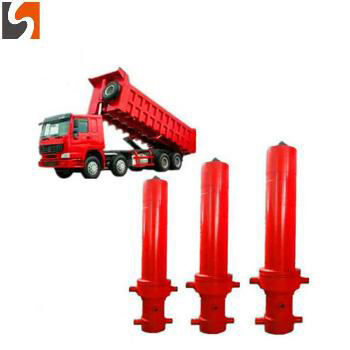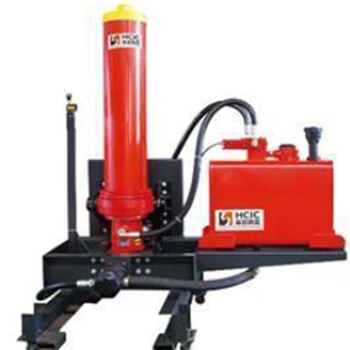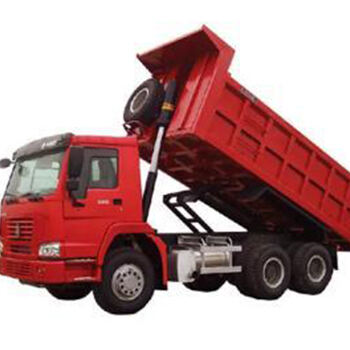There are many types of cylinders that help hydraulic systems function well when it comes to talking about hydraulic systems. One type that I commonly see is a single acting telescopic cylinder. Understanding how this cylinder operates and why it is utilized can help us appreciate its role in a variety of jobs.
Single acting telescopic cylinder is a unique type of cylinder in hydraulic systems to provide motion. It's called "single acting" because it relies only on hydraulic pressure to move in one direction. The reason why it is called telescopic is the same as a telescope: you can make a cylinder extend and shrink.
There are multiple positive aspects of using a single acting telescopic cylinder and the size is one of the best! It collapses in length for compact storage, and it occupies less space than a cylinder of the same extended length when collapsed. This is super handy for small spaces where the large cylinder wouldn’t fit.
In order to stay on top of your one way acting telescopic cylinder, do not forget to inspect and maintain these regularly. That involves keeping it clean and free from dirt and even inspecting for leaks or damage, as well as oiling moving parts to keep them from wearing too quickly.

If the cylinder is not functioning properly, it’s really important to address this, and fast. That might be in the form of monitoring the hydraulic fluid level, examining the seals for wear, or tweaking the pressure settings.

Loads of various kinds are lifted using single acting telescopic cylinders. In construction, they are used to help cranes or dump trucks lift and transport heavy materials. In agriculture, they are applied in tractors and harvesters to operate machinery.

Although there are many benefits of single acting telescopic cylinders, they are not the answer for every hydraulic system all the time. Other varieties, such as the double acting cylinder or the rotary actuator, might work more effectively based on the application needs of the particular system.